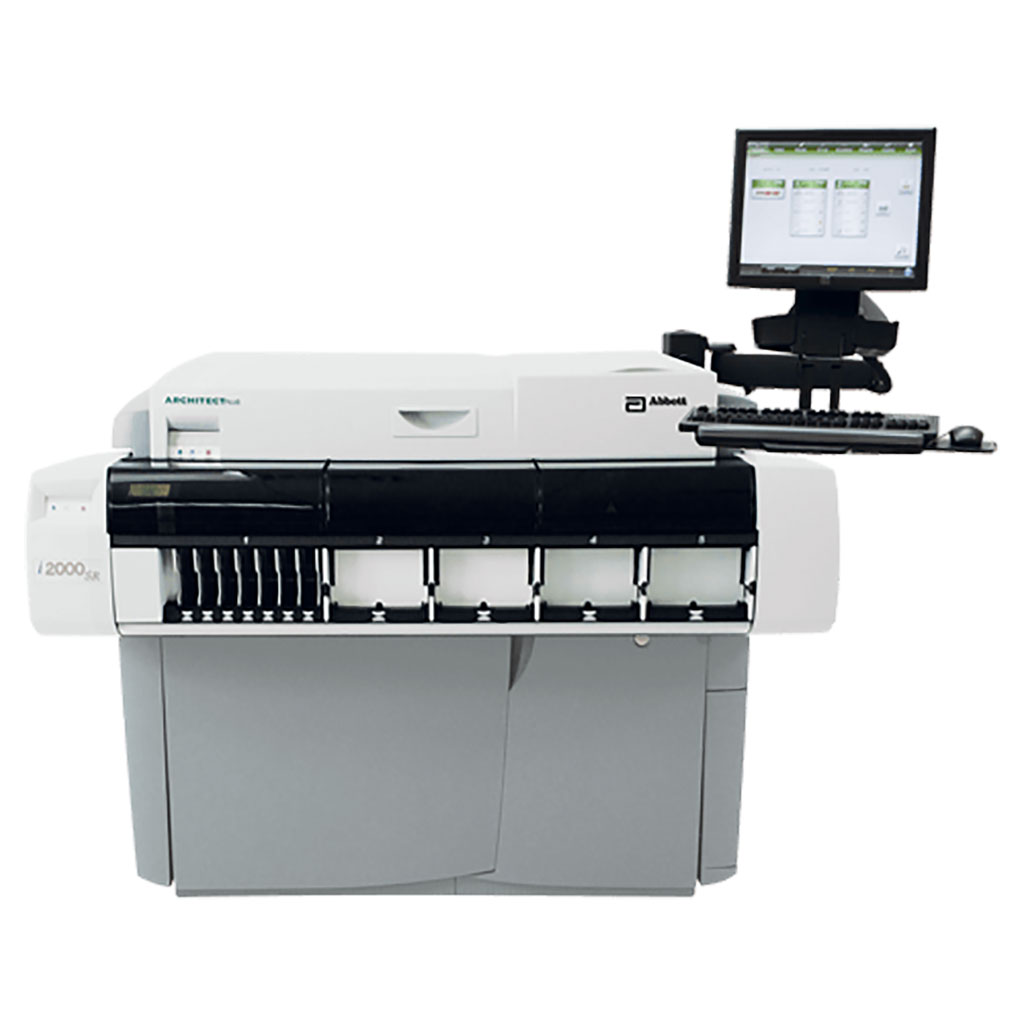Total Plasma Homocysteine Methods Evaluated
Posted on 15 Aug 2022
Homocysteine (HCY) is occasionally requested as a prognostic risk factor in patients with cardiovascular diseases. Homocysteine is an intermediary amino acid formed in methionine metabolism, with elevated total homocysteine (tHCY) is a biomarker of cardiovascular and cerebrovascular diseases.
Hyperhomocysteinaemia has been implicated in the development of stroke, exerting neurotoxic effects on neuronal cells by acting as an agonist for glutamate receptors, metabotropic receptors and ionotropic receptors so that overstimulation of these receptors increases levels of cytoplasmic calcium, free radicals and caspases.

Clinical Biochemists at the University College Dublin (Dublin, Republic of Ireland) and their colleagues obtained plasma samples of 91 patients and the decision to undertake homocysteine analysis was made by physicians who identified diagnostic and/or monitoring benefits from homocysteine analysis for their patients. The study cohort was 49.5% male with a mean age of 49.66 ± 15.72 years. The objectives were to evaluate the Abbott ARCHITECT immunoassay and compare it with the JEOL method and to investigate if the clinical utility of the biomarker was comparable with both methods in patients with cardiovascular disease and cerebrovascular disease.
The Abbott ARCHITECT homocysteine assay (ARCHITECT i2000SR analyzer, Abbott Park, IL, USA), is a one-step immunoassay which utilizes chemiluminescent microparticle immunoassay (CMIA). The ion exchange chromatography (IEC) method used the AminoTac JLC500/V analyzer (JEOL, Akishima, Tokyo, Japan). The analyzer measures HCY with photometric detection after a reaction with ninhydrin. The accuracy was verified using nine external quality assessment (EQA) specimens and the linearity was assessed in accordance with the guideline provided by the Clinical and Laboratory Standards Institute.
The investigators reported that for the Abbott immunoassay, accuracy was assessed, with UK NEQAS EQA specimens, by the correlation of the Abbott immunoassay measurements to the Abbott ARCHITECT immunoassay mean (bias = 1.6%), and to the overall immunoassay mean (bias = 2.0%). The total imprecision was 2.7% (11.0 μmol/L), 2.4% (16.80 μmol/L) and 2.8% (24.3 μmol/L) respectively. Taking reference ranges into consideration, 66 (72.5%) patients were within the reference ranges of both methods, while 12 patients (13.2%) patients were above in both methods, including the two patients diagnosed with homocystinuria. Other patients with tHCY values above reference ranges of both methods were diagnosed with ischemic stroke, transient ischemic attack (TIA), peripheral neuropathy (secondary to vitamin B12 deficiency), unspecific hemiplegia, tricuspid atresia, major depressive disorder and borderline personality disorder.
The authors concluded that the immunoassay demonstrated robust performance in its verification and showed good comparability with the IEC, but with some biases so caution is needed if both are used interchangeably. The immunoassay offers an automated alternative to IEC in the assessment of hyperhomocysteinaemia. The study was published on August 11, 2022 in the journal Practical Laboratory Medicine.
Related Links:
University College Dublin
Abbott
JEOL












.jpg)
